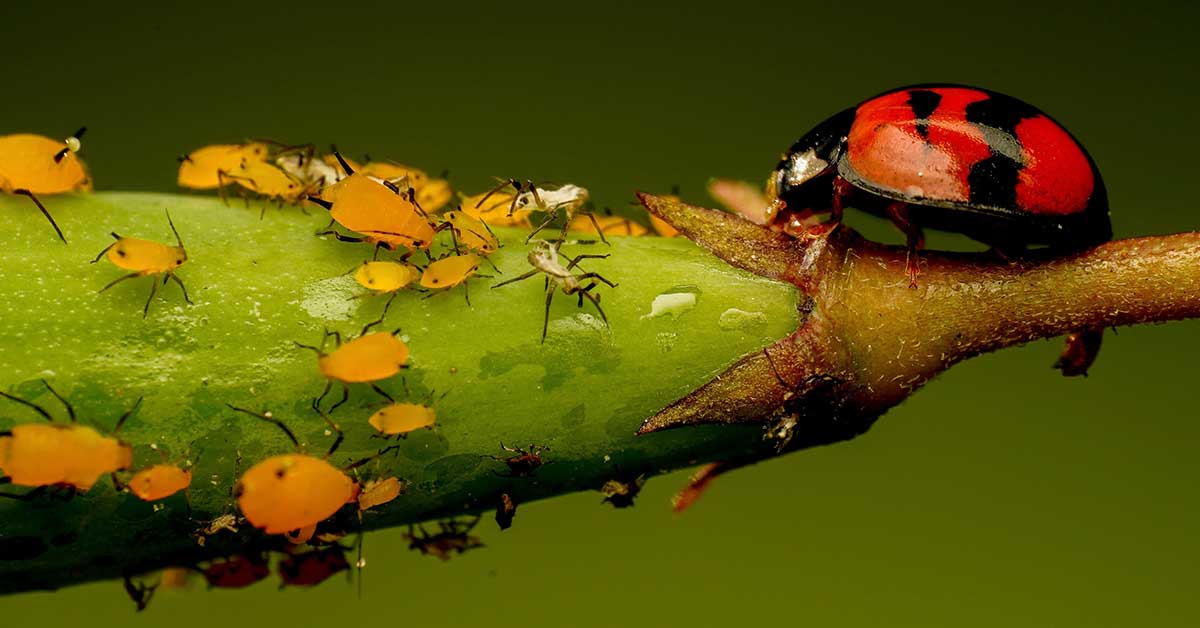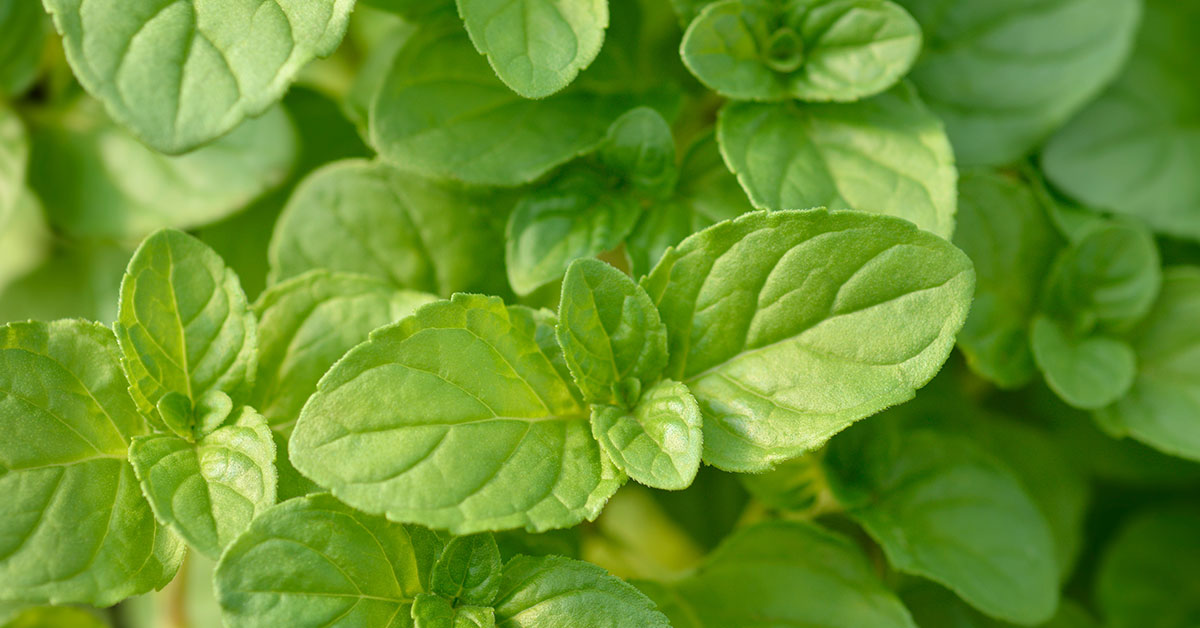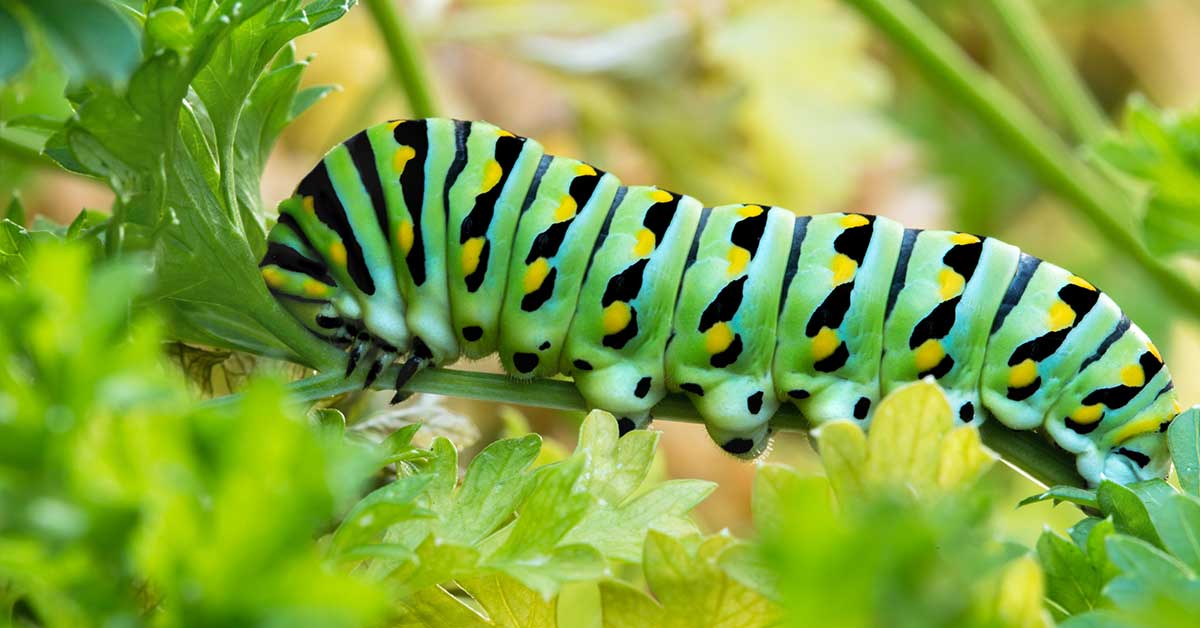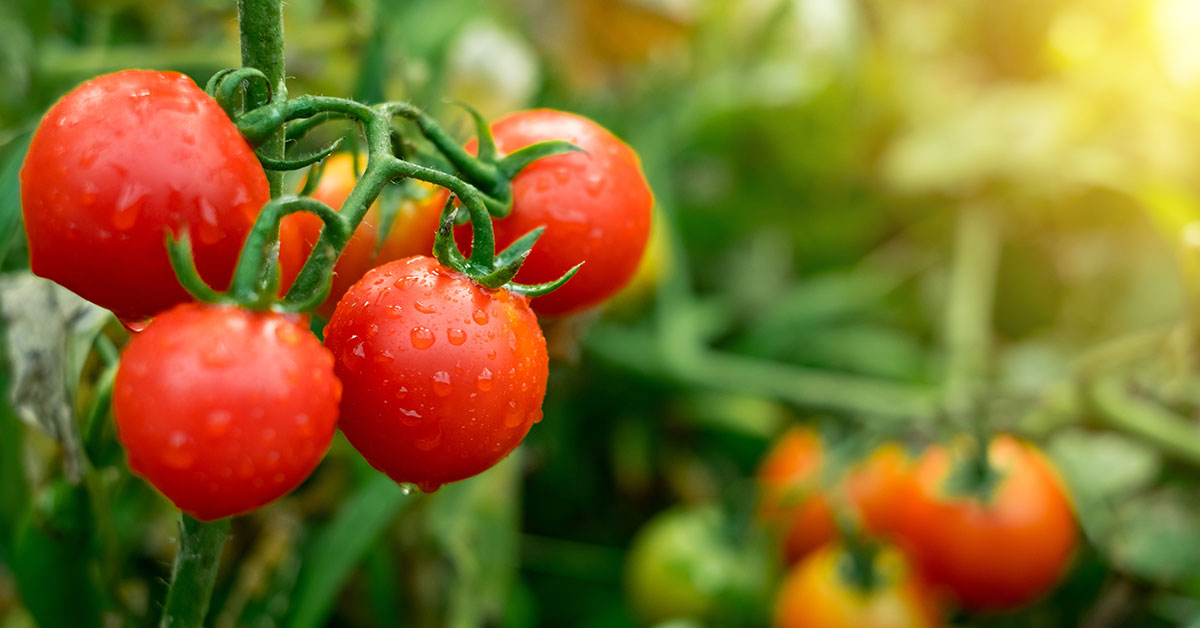Invasive plants in our gardens, parks, and wildlands are growing concern – these plants pose a significant threat to our local ecosystems and biodiversity. Often times, these plants are introduced unwittingly through garden centers and landscaping projects spearheaded by average folks just wanting a nice garden.
Invasive species are not just a nuisance; they are a formidable force that can lead to the decline of native plants and animals, reduce agricultural productivity, and necessitate costly control measures. This article aims to shed light on the silent invaders lurking in plain sight within our garden centers and landscapes, emphasizing the importance of making informed choices when selecting plants for our gardens.
Here is a list of invasive plants commonly found in garden centers that you should think twice about before planting in your outdoor spaces:
1. English Ivy (Hedera helix)
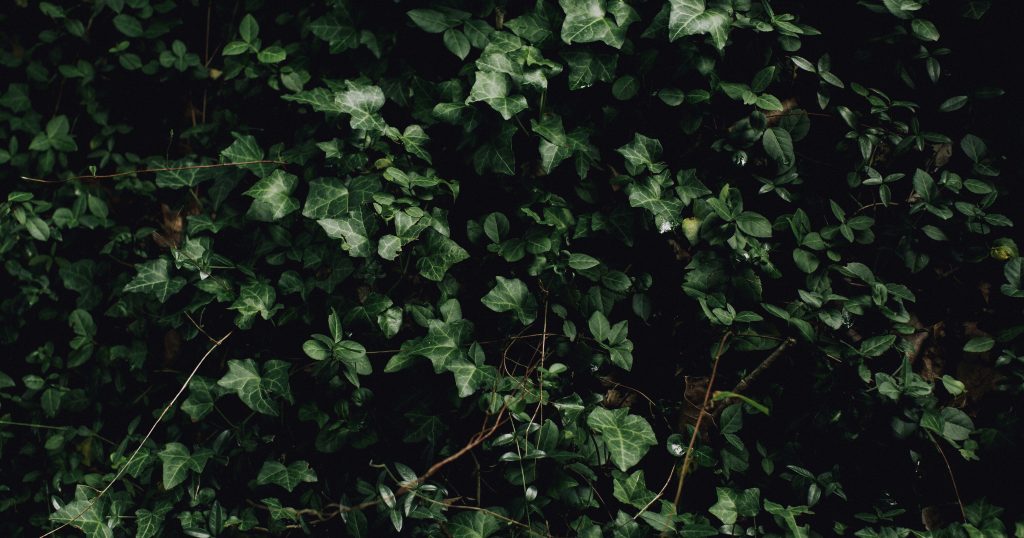
English Ivy is a popular evergreen vine known for its rapid growth and attractive foliage. While it might seem like an ideal choice for covering walls or ground, English Ivy can quickly become invasive. It climbs and spreads aggressively, suffocating trees and dominating undergrowth. Its dense cover can also damage brickwork and wooden structures by retaining moisture. In forests, English Ivy can envelop trees, blocking sunlight and stunting their growth, eventually killing them. Its invasive nature makes it difficult to control once established, and it can significantly impact native species and biodiversity.
2. Bamboo (Phyllostachys spp.)
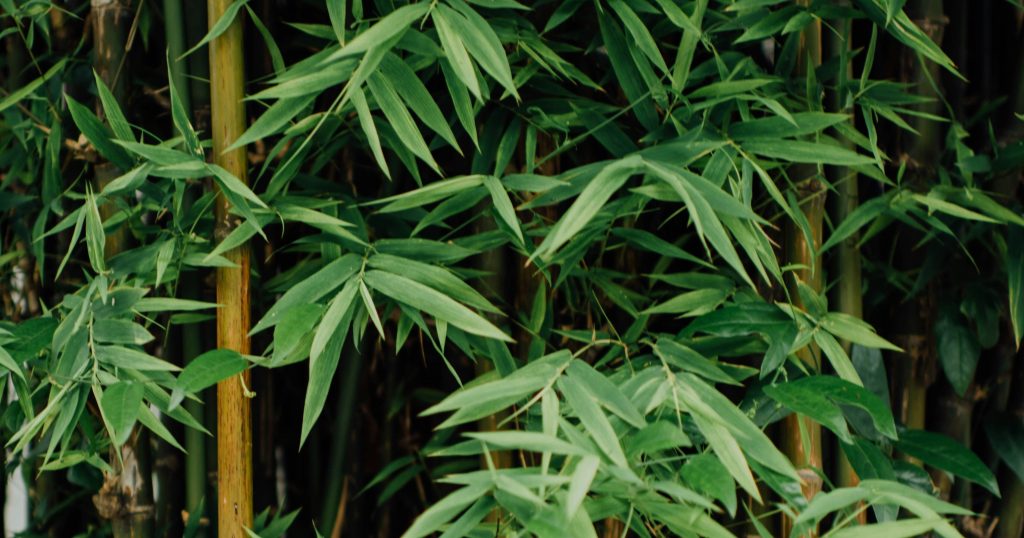
Bamboo is favored for its fast growth and exotic appearance, often used for privacy screens and ornamental purposes. However, many bamboo species, particularly running bamboo, can quickly become uncontrollable. Their aggressive root systems (rhizomes) spread far beyond the original planting site, invading neighboring properties and natural areas. They can be incredibly difficult to eradicate, requiring extensive effort to remove. Bamboo can outcompete native vegetation, reducing habitat for local wildlife and altering soil composition.
3. Japanese Barberry (Berberis thunbergii)
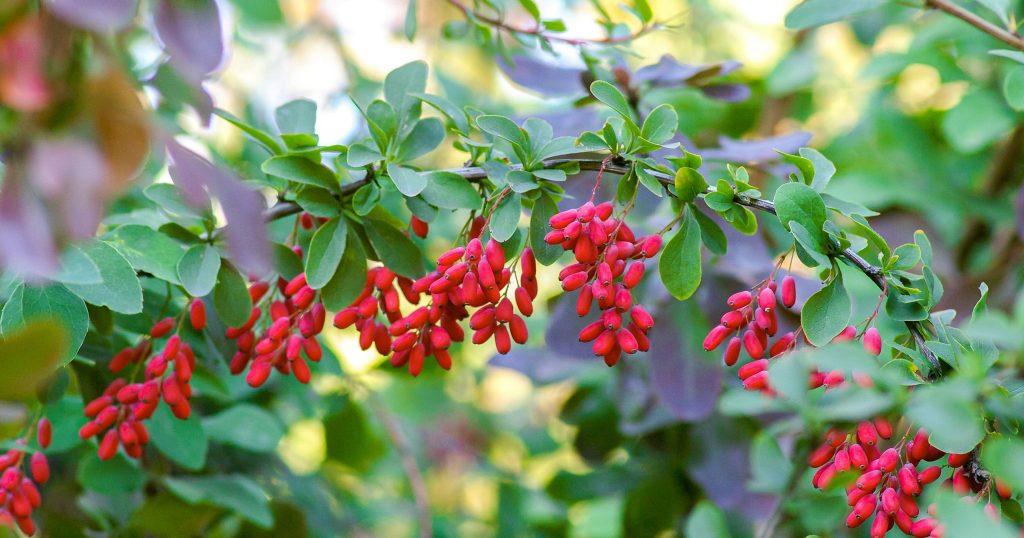
Japanese Barberry is a popular landscaping shrub, appreciated for its dense form, thorny branches, and colorful foliage. However, it’s considered invasive in several regions. It spreads easily into natural areas, where it forms dense thickets that crowd out native plants. Japanese Barberry is also a reservoir for black-legged ticks, which are vectors for Lyme disease, indirectly increasing health risks. Its ability to adapt to various environmental conditions makes it a persistent invasive species that’s difficult to control once established.
4. Purple Loosestrife (Lythrum salicaria)

Purple Loosestrife is an attractive perennial with spikes of vivid purple flowers, often sold for use in gardens and as cut flowers. Despite its beauty, it’s a highly invasive species in wetlands, riverbanks, and lakeshores. Purple Loosestrife spreads rapidly, forming dense stands that outcompete native wetland plants, leading to reduced biodiversity. It alters wetland ecosystems, impacting water flow and wildlife habitats. Efforts to control it involve physical removal, biological control agents, and herbicides, which can be costly and time-consuming.
5. Periwinkle (Vinca minor)
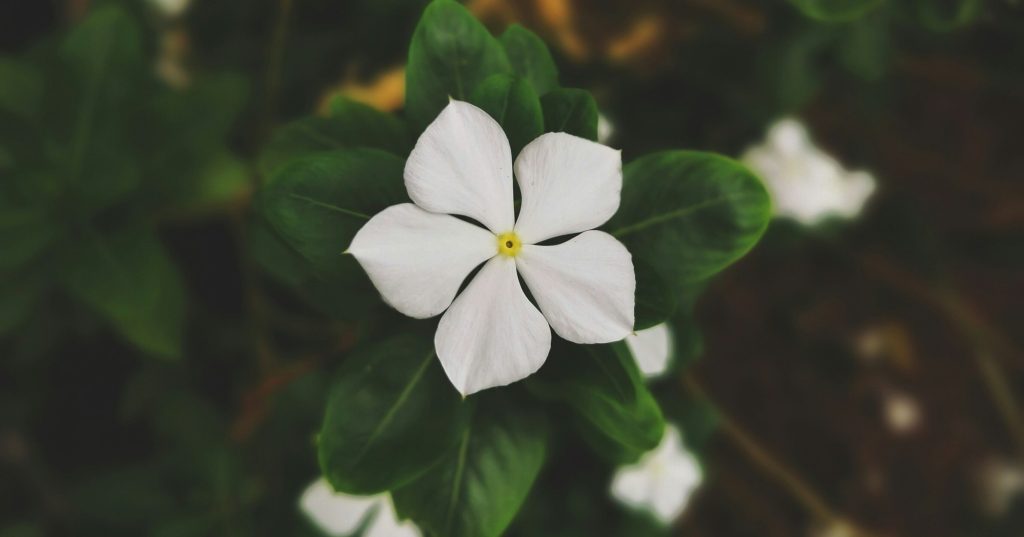
Periwinkle, or Vinca, is a popular ground cover known for its glossy leaves and pretty blue flowers. While it’s often chosen for its shade tolerance and low maintenance, Periwinkle can escape garden settings and invade forest floors, where it forms dense mats that prevent native plants from emerging. Its aggressive growth and ability to spread through both seeds and root systems make it difficult to control. Once established in natural areas, Periwinkle alters the understory habitat, affecting native plant diversity and forest regeneration.
When considering plants for your garden, it’s essential to research and opt for native or non-invasive alternatives that will not harm your local ecosystem. Many gardeners are now prioritizing ecological gardening practices, including choosing species that support local wildlife without risking invasive spread.
6. Creeping Jenny (Lysimachia nummularia)
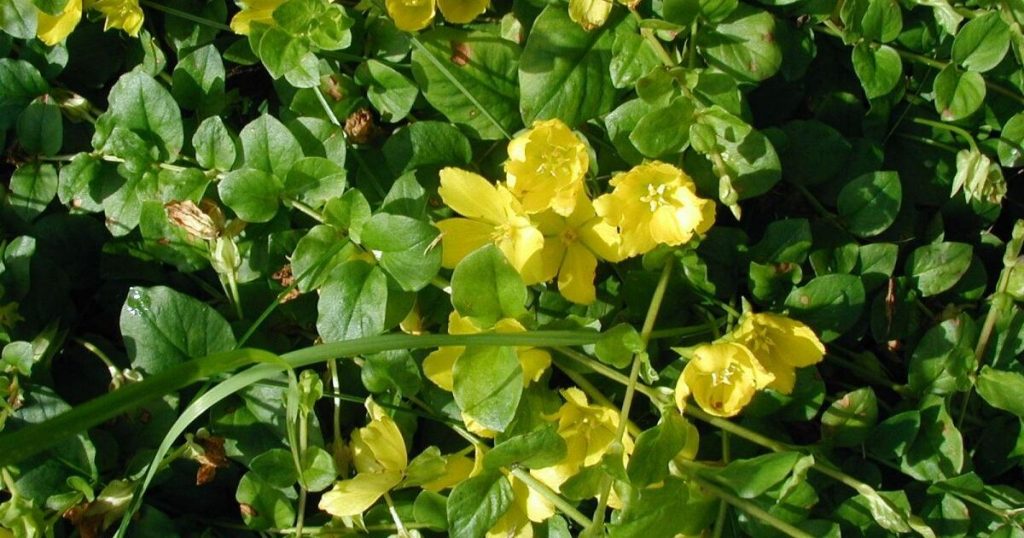
Creeping Jenny, also known as moneywort, is a low-growing, evergreen perennial with round leaves and yellow flowers. It’s often used as ground cover or in hanging baskets for its attractive foliage. However, Creeping Jenny can quickly spread beyond the garden, invading moist and wet habitats. It forms dense mats that smother native vegetation and can disrupt natural water flow in creeks and streams. Its aggressive nature makes it a challenge to manage and a threat to native plant communities.
7. Butterfly Bush (Buddleja davidii)
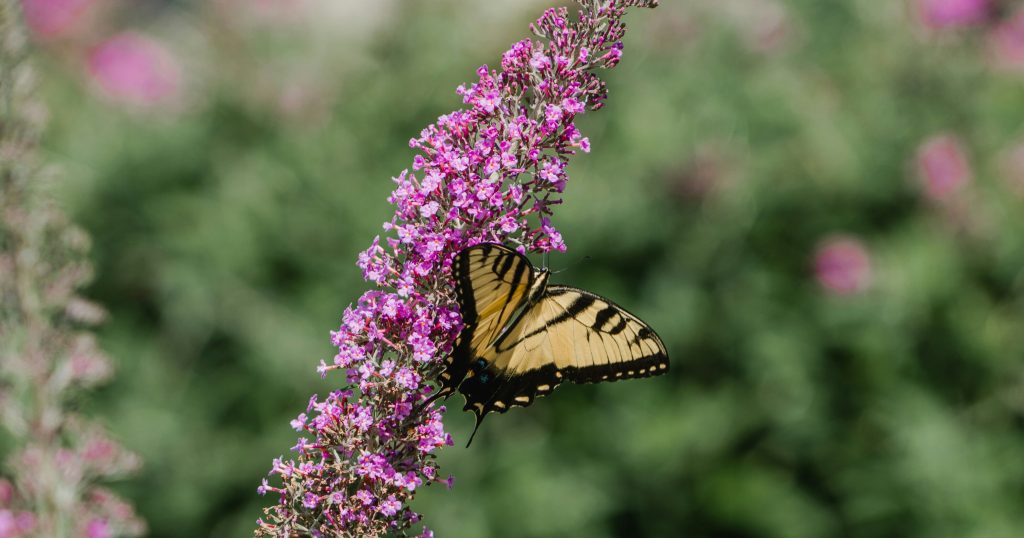
Butterfly Bush is celebrated for its ability to attract butterflies and other pollinators with its long, fragrant flower spikes. While it may seem beneficial for wildlife, Butterfly Bush can become invasive, especially in disturbed areas or along waterways. It produces a high volume of seeds that spread easily and germinate in a variety of conditions. This shrub can outcompete native plant species, leading to decreased diversity and negatively impacting local ecosystems. Some regions recommend planting sterile varieties or closely managing seed production to mitigate its invasive potential.
8. Mint (Mentha spp.)
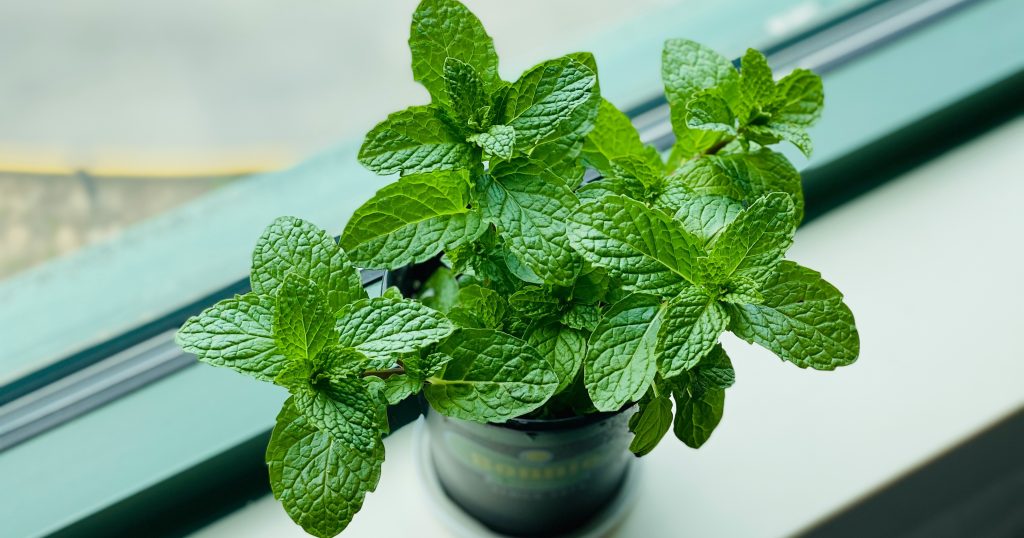
Mint is a popular herb known for its aromatic leaves and versatility in cooking and beverages. However, mint is also notoriously invasive in garden settings. Its vigorous growth and ability to spread through underground runners can quickly turn a small planting into a garden takeover. Mint can easily escape cultivation, invading natural areas and competing with native plants. Gardeners are advised to plant mint in containers to limit its spread and prevent it from becoming a garden nuisance. Some varieties of mint are native, but care must be taken when planting.
9. Morning Glory (Ipomoea spp.)
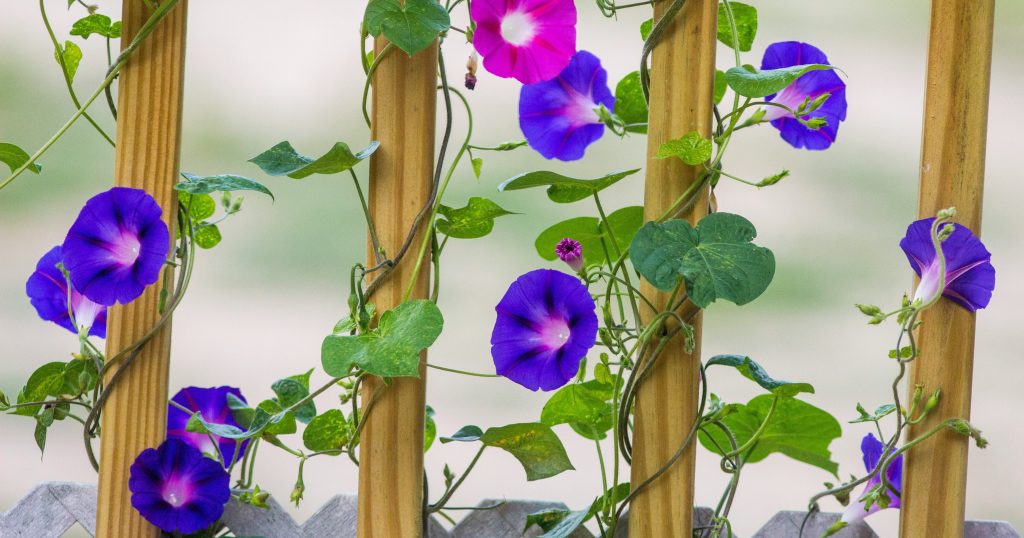
Morning Glory vines are admired for their beautiful, trumpet-shaped flowers and rapid growth, making them popular for trellises and fences. However, some species, like Ipomoea purpurea, can become invasive, spreading aggressively through seeds and choking out other plants. In some areas, Morning Glory can become a pervasive weed, difficult to eradicate due to its extensive root system and prolific seeding. It’s important to choose non-invasive varieties or manage planting carefully to prevent unwanted spread.
10. Pampas Grass (Cortaderia selloana)
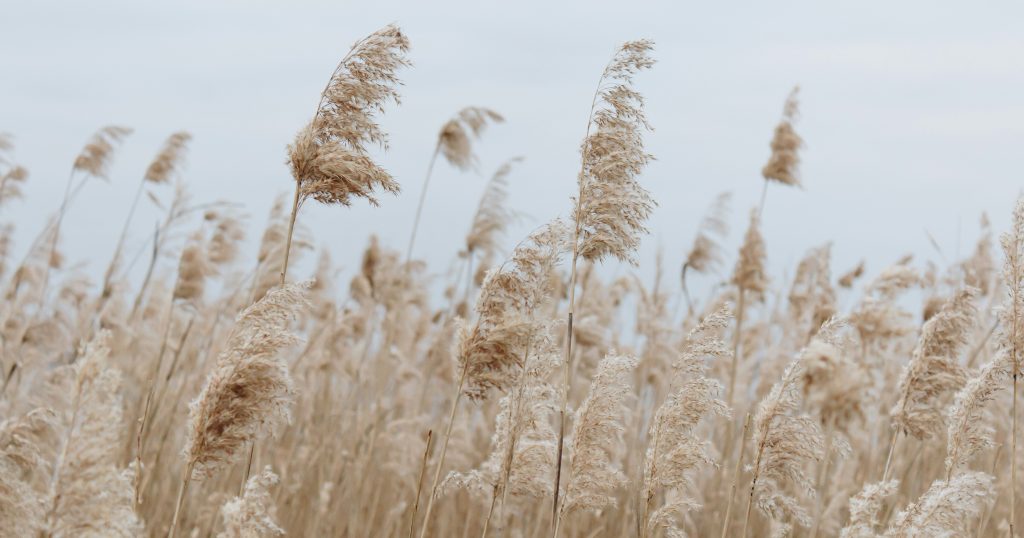
Pampas Grass is a tall, ornamental grass known for its striking plumes and ability to create a visual statement in landscapes. However, it can also become invasive, especially in coastal and open areas, where it spreads aggressively and forms dense stands. These stands can displace native plants, reduce wildlife habitat, and increase fire risk due to the dry, dense biomass it produces. In some regions, the planting of Pampas Grass is discouraged or controlled to prevent its spread into natural areas.







